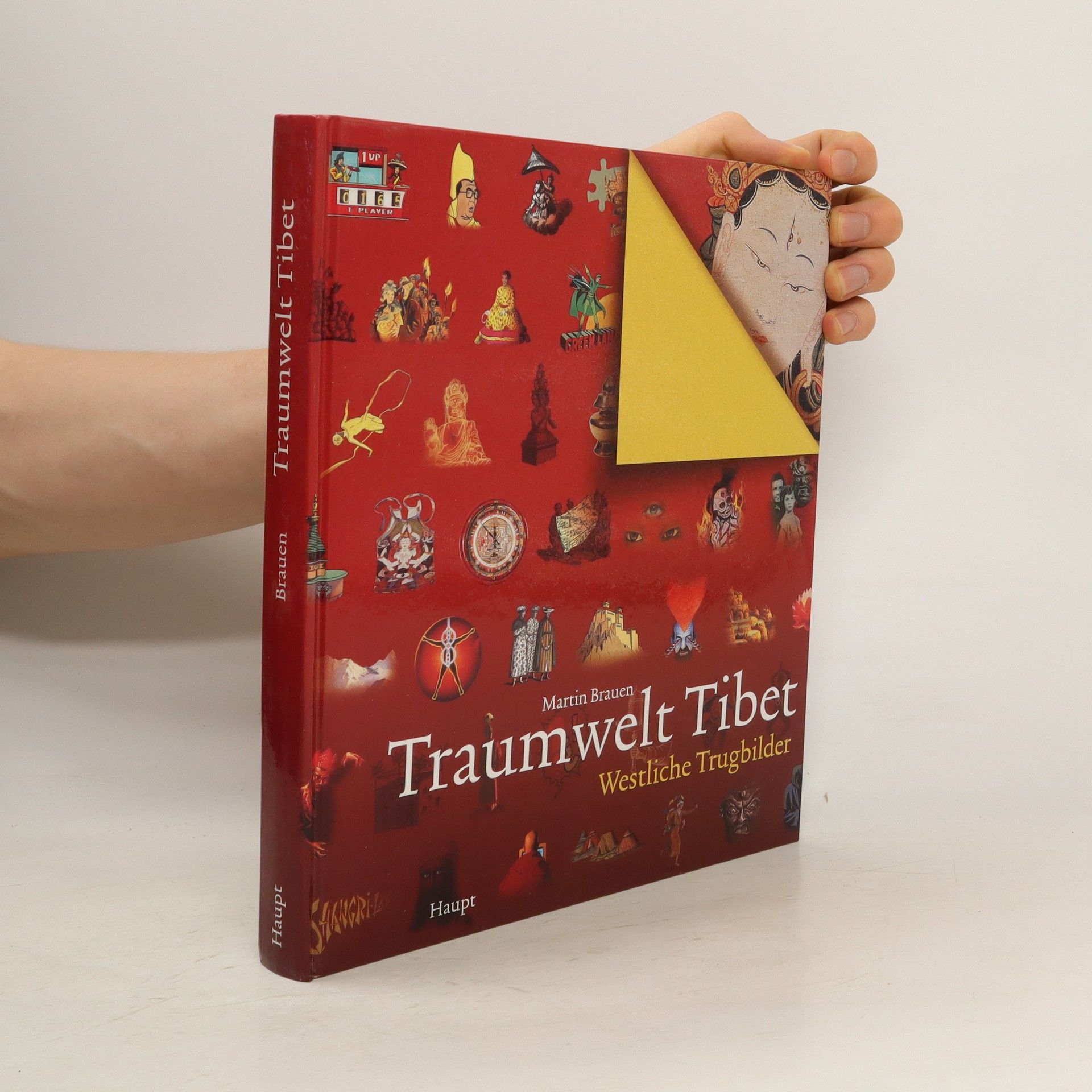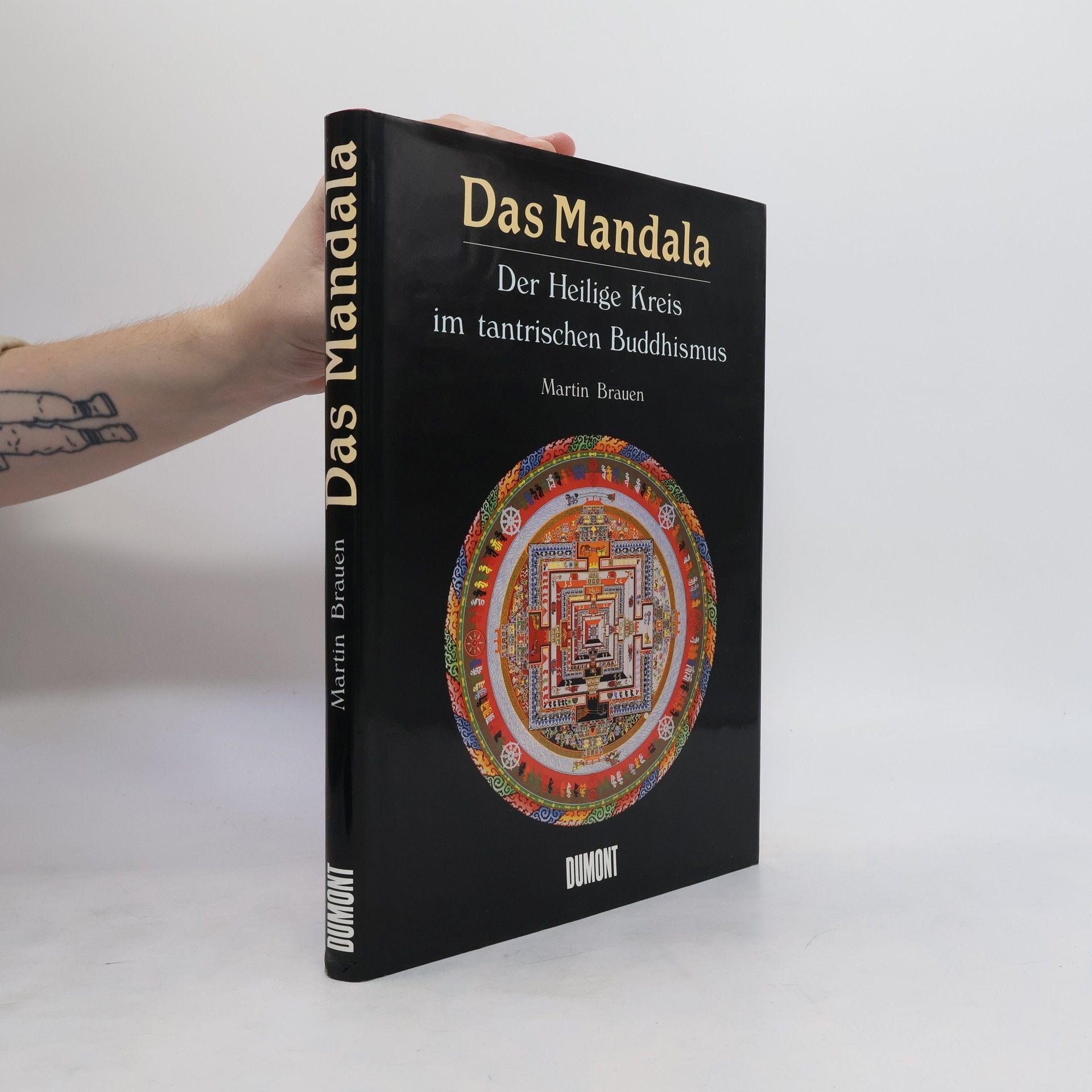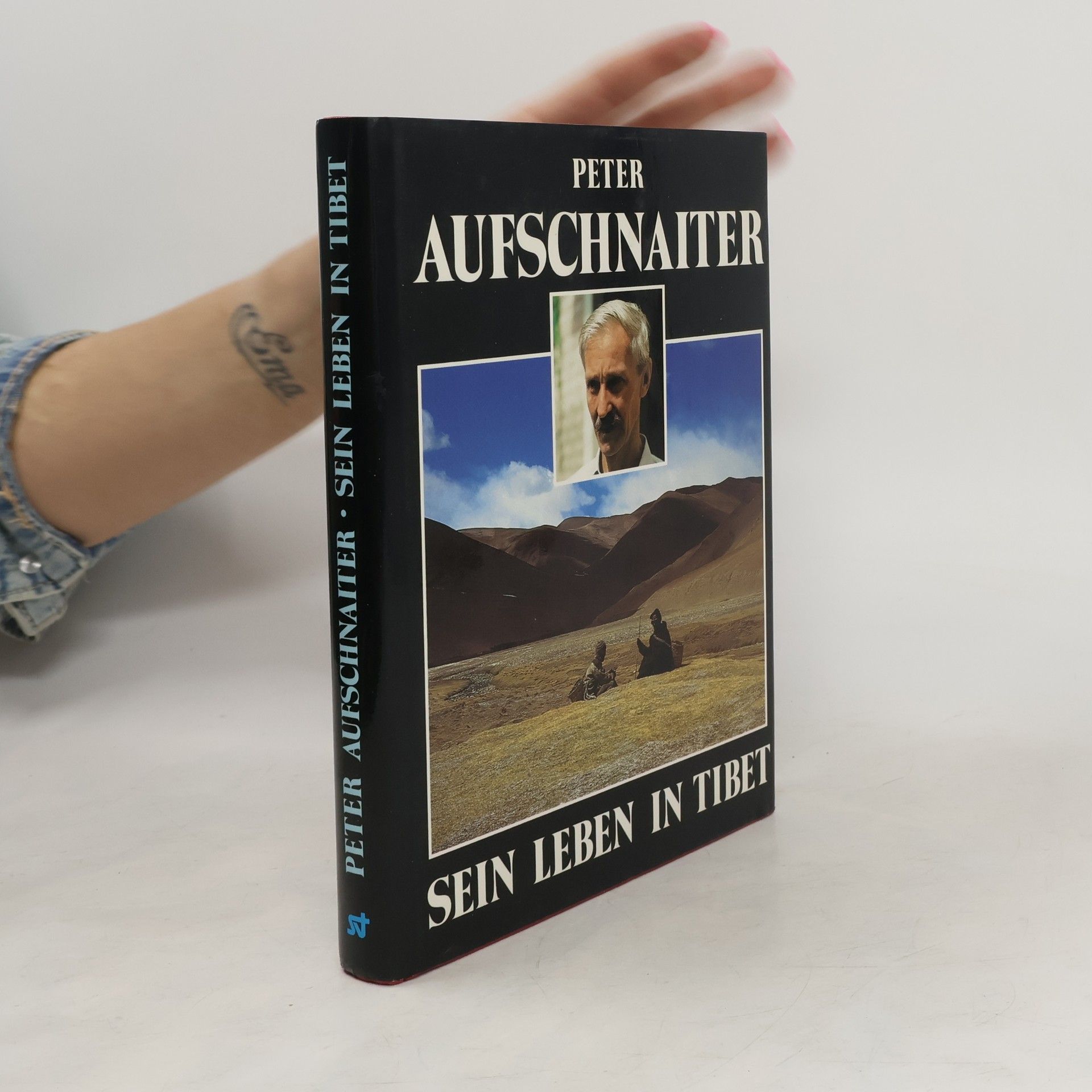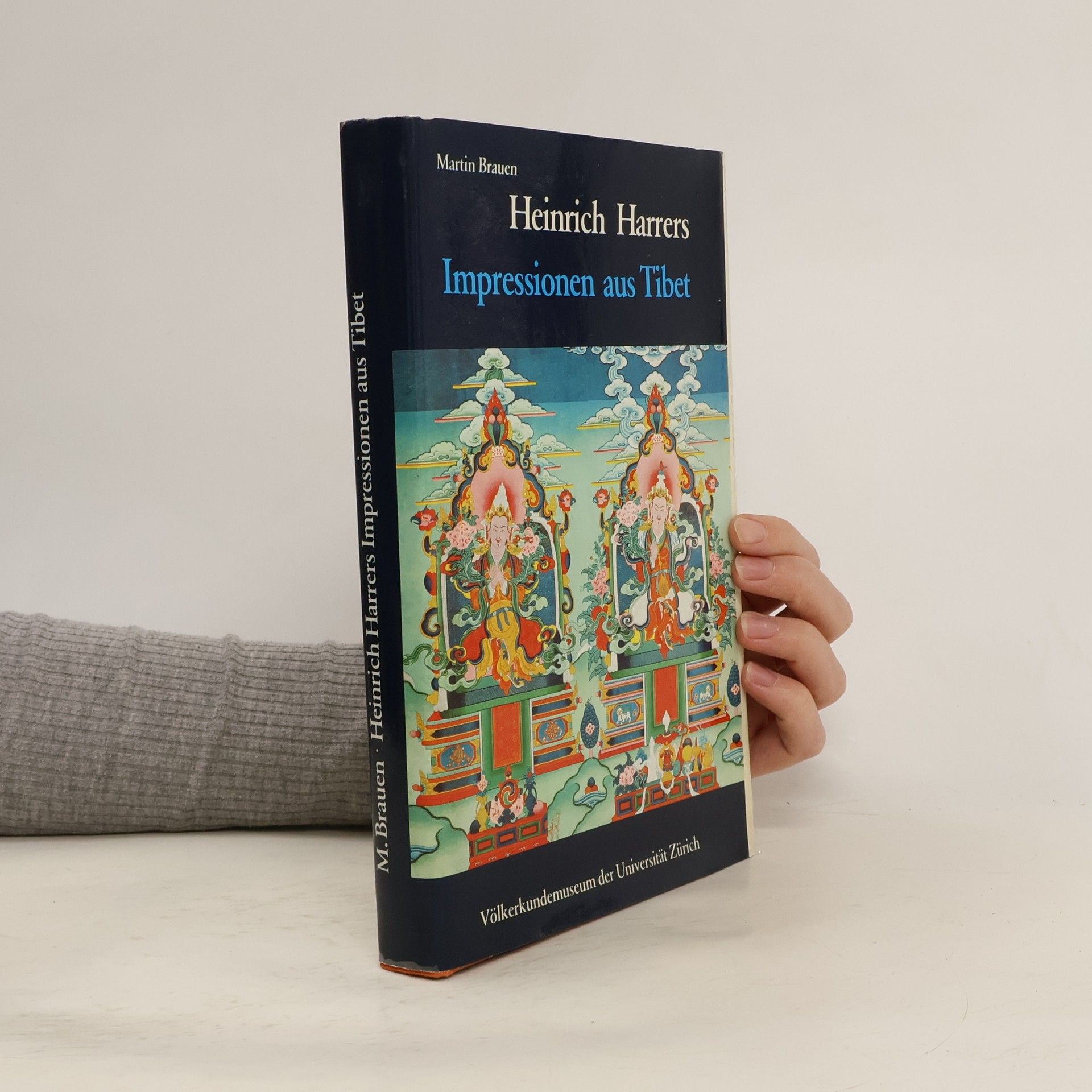A Sameness between Us
- 176 pages
- 7 hours of reading
- Correspondence between von Wiegand and Mondrian published in full for the first time - With images of the original letters - Enlightening study of two 20th century artists In April 1941 Charmion von Wiegand (1896-1983), an American journalist and artist, met Piet Mondrian for an interview. From this very first meeting, a deep friendship and working relationship developed; she translated Mondrian's texts into English and edited them, discussed art and philosophy with him, and played a part in the evolution of many of the works he created up to his death in 1944. The artist's memoirs of their encounters and their comprehensive correspondence have now been published in full for the very first time. The texts portray a relationship fluctuating between burning affection and distant friendship, tenderness and harsh rejection, openness and reticence. A relationship that has left behind clear traces in Charmion von Wiegand's life and works - far beyond Mondrian's death. Nothing is the same as it once was!







